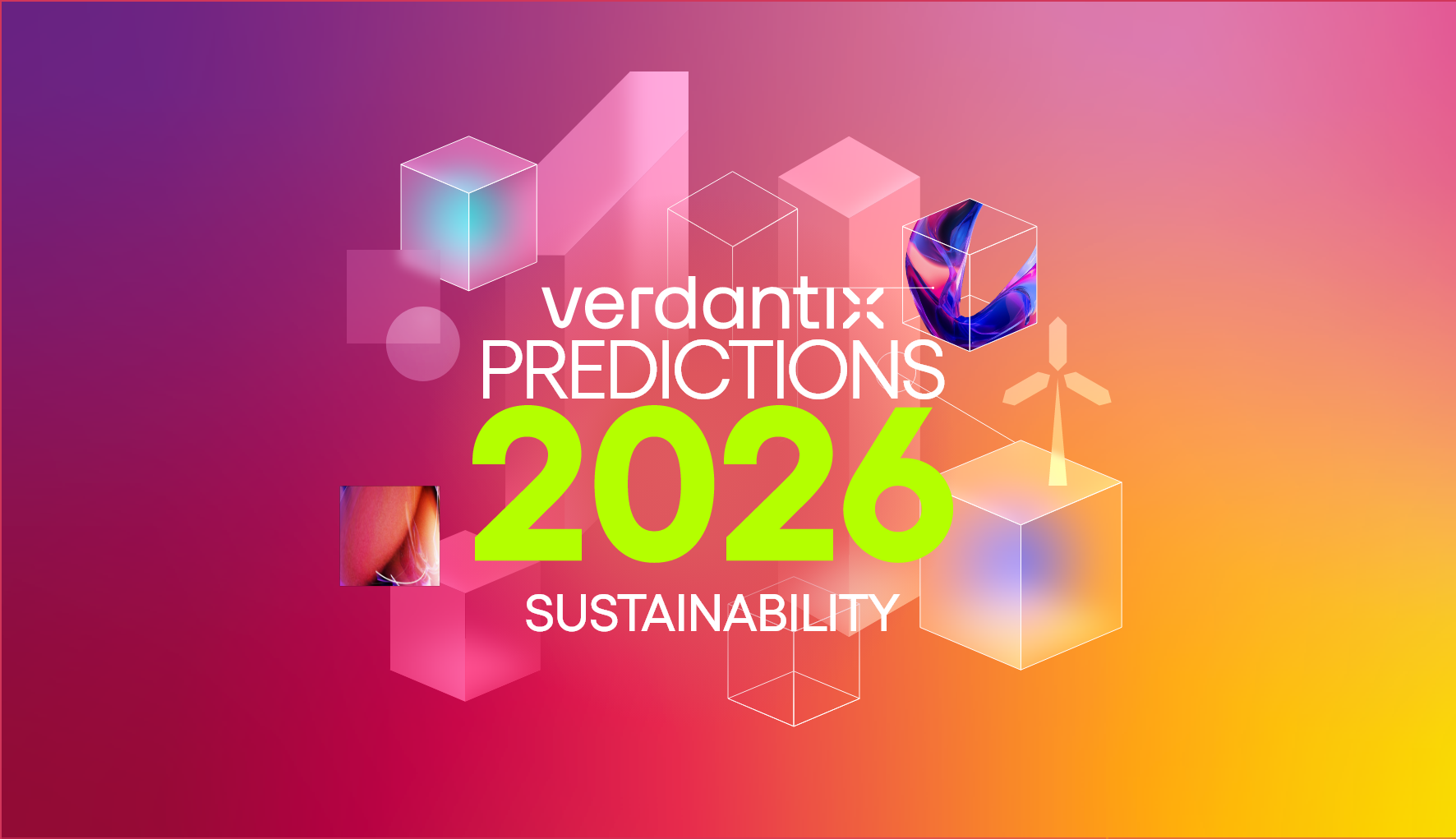Smart Innovators: Physical Climate Risk Solutions
19 Dec, 2024
Access this research
Access all Sustainability & Climate Risks content with a strategic subscription or buy this single report
Need help or have a question about this report? Contact us for assistance
Executive Summary
As physical climate risks become increasingly material, firms are using climate risk solutions for a broad range of activities. In addition to data that can feed into climate risk disclosures, they need information to support risk management and reduction. This report presents a benchmark of 19 climate risk vendors across four capability categories, focusing on innovation in decision-relevant use cases. Specifically, we assess vendors’ ability to support short- and long-term climate risk analysis, integrated risk management, and adaptation and resilience planning. Vendors can leverage this report to understand recent developments in the market and identify unmet needs requiring further innovation. Buyers of climate risk information can use the analysis to inform software purchasing decisions.
Summary for decision-makers
Physical climate risk is business risk
Climate risk reporting requirements are expanding
Software supports climate risk management through three fundamental tasks
Some solutions specialize in climate risk; others embed it in larger platforms
Introducing the physical climate risk solutions market
Core capabilities cover business-relevant climate risk analysis over multiple timescales
Innovation encompasses advances in modelling, comprehensive data analysis and enhanced decision support
Further innovation can support a market continuing to develop
Physical climate risk is business risk
Climate risk reporting requirements are expanding
Software supports climate risk management through three fundamental tasks
Some solutions specialize in climate risk; others embed it in larger platforms
Introducing the physical climate risk solutions market
Core capabilities cover business-relevant climate risk analysis over multiple timescales
Innovation encompasses advances in modelling, comprehensive data analysis and enhanced decision support
Further innovation can support a market continuing to develop
Figure 1. Physical climate hazard disclosures required under the CSRD
Figure 2. Definition and usage scenarios of assessed functionality
Figure 3. Risk is a function of hazard, exposure and vulnerability
Figure 4. Physical risk software providers: capabilities assessment
Figure 2. Definition and usage scenarios of assessed functionality
Figure 3. Risk is a function of hazard, exposure and vulnerability
Figure 4. Physical risk software providers: capabilities assessment
AON, Baxter International, Bloomberg, Climate X, ClimateAI, CLIMsystems, Copperleaf, CoreLogic, EcoAct, EcoOnline, European Financial Reporting Advisory Group (EFRAG), Fathom, First Street, Intergovernmental Panel on Climate Change (IPCC), JBA Risk Management, Jupiter Intelligence, Mitiga Solutions, Moody's, Munich Re, Network for Greening the Financial System (NGFS), Risilience, riskthinking.AI, S&P Global, Schneider Electric, Swiss Re, US Securities and Exchange Commission (SEC), WTW (Willis Towers Watson), XDI (Cross Dependency Initiative)
About the Authors

Emma Cutler
Principal Analyst
Emma is a Principal Analyst at Verdantix, with a current research agenda focusing on solutions for climate risk management. She has a background in simulation and statistical ...
View Profile
Ryan Skinner
Research Director
Ryan is a Research Director at Verdantix, where he leads a team of analysts delivering research, data and advisory services that help clients navigate the fast-evolving landsc...
View Profile










